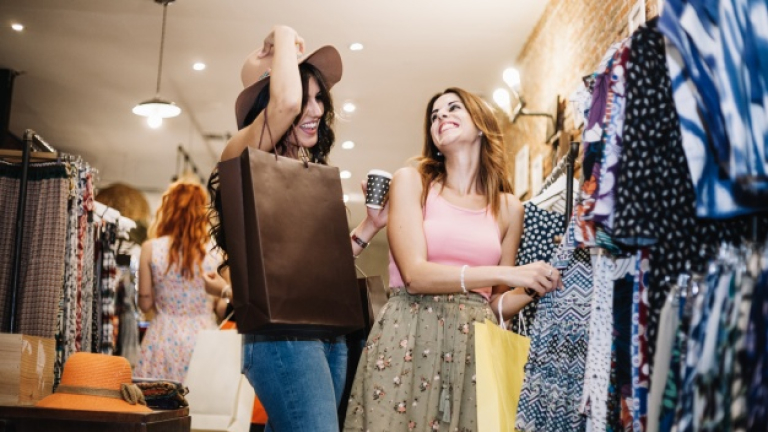Imagine being able to experiment with different outfits that you want to buy from the comfort of your sofa, or being able to “try on” multiple shades of lipstick with a click of a button without the mess of color strips lining the back of your hand as you test them out in the store. Imagine being able to customize your food delivery so that your favourite items are available at the click of a button or two and having a feature that allows you to pre-order a day or two in advance.
You don’t have to imagine that with too much difficulty these features and functionalities have been available for a number of years by several large retailers, providing their customers the ability to tailor their purchasing power and subsequently giving retailers insights into their customers’ preferences and habits.
Research indicates that by 2020, augmented reality technology will claim a market share worth over $120 Billion. And while consumers have witnessed significant advancements that help them simplify their decision-making process, many retailers may have been slow to adopt this burgeoning industry tool while it was still in its early stages. The good news for consumers is that many are slowly joining the ranks of these larger companies that have been using the technology for years, with the hopes of making this technology ubiquitous in our shopping habits.
Let’s examine a number of key ways that augmented reality technology is helping retailers create a more delightful customer experience from beginning to end.
Virtual Reality vs Augmented Reality
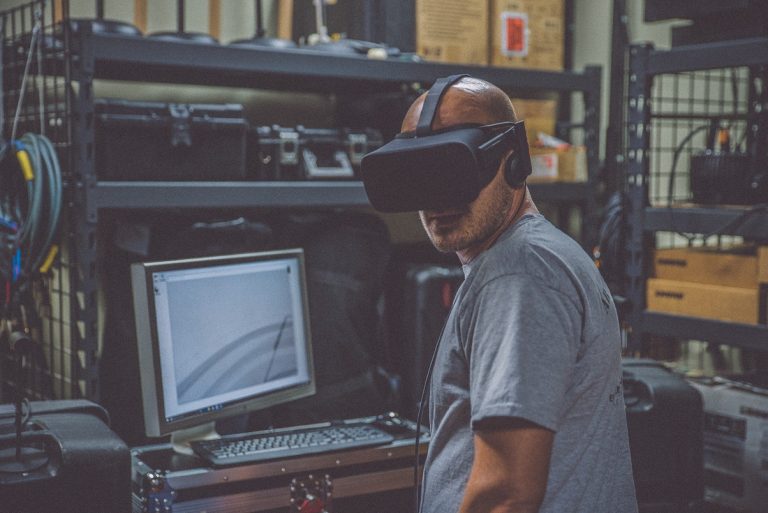 Image source
Image source
Let’s begin with a quick definition review, and a differentiation in two closely related technologies. Virtual Reality (VR) portrays a world completely generated by computers and entirely immerses the user in this constructed world; Augmented Reality (AR), however, sits at the crossroads between the real world and the “enhanced” reality that is projected from digital devices in order to increase (augment) our senses and perceptions. Essentially, VR requires the user to enter an entirely fictional world, whereas AR is real life with “upgrades” or add-ons.
Because of its usefulness in a range of applications, AR has become widely used in the retail world. This technology, once innovative and new, is now offering a reliable and effective UX tool for retailers. Marci Troutman, CEO of SiteMinis, states this well:
“Like any other marketing effort, if [AR is] deployed thoughtfully and with planned momentum, it could give any brand a great lift in sales no matter what the competition is doing. If other brands aren’t already deploying consumer-friendly additions that help their customers shop better and easier, then they should take note at successes surrounding those who do and consider a change.”
The rise of the viral sensation Pokémon GO saw this on a global scale, with an almost manic adoption of augmented reality in the mainstream media. Users found themselves immersed in half-reality, half-fiction as they scoured their neighbourhoods and communities for signs of hidden Pokemon to catch and other players to connect with, often to the detriment of their own health and safety. Despite these negative effects, Pokémon GO showed people that AR is a formidable and easy-to-use tool to generate mass adoption if designed properly.
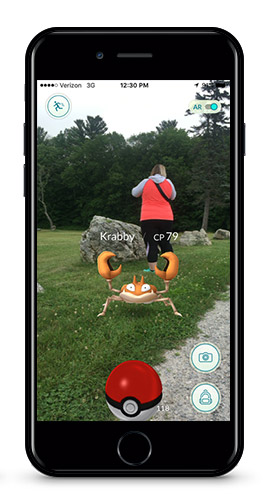
Image Source
Augmented Reality is a More Powerful Tool
There’s a popular saying that, in essence, states that the most powerful tool is the one most often used by its owner. The same can be said for augmented reality. Once on the fringe, it has become commonplace in our devices and applications and a staple in how we interact daily, both with technology and with people. AR is a simpler technology to implement than VR technology, in as much as it can often be cumbersome and expensive to create a different reality for users using VR.
Consider the medical field: doctors, nurses, and medical practitioners would greatly benefit from immersion or support in a critical scenario that had real-life, real-time consequences, but that can also allow them to learn more effectively in a constructed or semi-constructed reality.
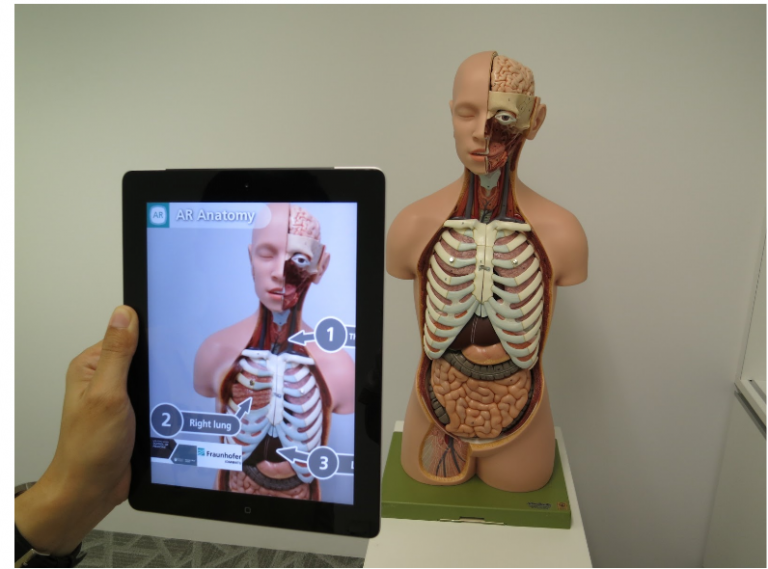
Image source
AR can be especially useful in this arena by reducing errors, offering real-time assistance for difficult cases, and providing beneficial shortcuts for both patients and doctors. For example, nurses and other medical professionals report that 40 percent of the time they can’t find a patient’s vein on the first try, with those numbers being even higher when drawing blood from children or seniors. AccuVein, a product that accurately scans for and locates a patient’s veins, is helping to significantly reduce the “miss rate”, in some cases as close to zero misses.
In the world of retail and consumers, however, customers need to only understand and experiment with the products they’d like to buy in order to learn how those products will serve to enhance their daily lives. From this perspective, AR makes an effective and powerful tool.
Take QR codes, digitally rendered square blocks of even smaller blocks of black and white, which have been around since 1994. These codes contain useful data, such as a direct link to a company’s website, an online promotion, or an action to email someone, simply from scanning the QR image. We still use QR codes (in blockchain transactions) but have graduated far beyond these simple QR codes from a decade ago, and can now access tools that recognize data from a picture of a sign in a store or the facial recognition software that helps you pick the best shade of lipstick for your skin tone.
Enhancing the User Experience with AR
In effective marketing campaigns, retailers have to walk a fine line between showing customers their current reality (life without this product) while attempting to show how things will improve or redirect that reality once their products are in the hands of the customer all without making the customer feel belittled or attacked. This messaging is subtle, but so important for the relationship between retailer and consumer, as it implies that reality needs improvement and what better way to convey that than by actually enhancing reality in real time?
Retailers are incorporating AR technology into many aspects of the customer experience, both online and in person at the store. For retailers selling physical products and goods, AR tech offers customers an easy way to see products in “real life” without ever stepping foot in a store. Zara, McDonalds, and Sephora are well-known examples of companies that have integrated AR technology into their platform to reduce frustrations that consumers may feel when searching for just the right products, as well as providing comprehensive information about those products to build trust between consumers and retailers, which creates a longer-lasting relationship that benefits both parties.
Almost 75% of consumers think that retailers should be utilizing augmented reality technology in some way, and over half of customers feel that if companies are already using AR technology, they aren’t using that technology to its full potential to make the customer journey streamlined and customized. Although AR technology can drastically increase sales, if the technology isn’t designed properly for users, then sales will stagnate.
We examine several of these companies below that have implemented AR well, and how this technology has not only increased the enjoyment their customers feel when shopping for their products but also helped customers make better purchases that match their needs.
Companies Effectively Using AR Technology
From Cart to Consumer ─ Simplifying Decision Making for Customers
Sephora introduced AR into their platform in early 2017 by way of their Virtual Artist platform, which shows customers a realistic “mockup” of how certain skin care and makeup products would look with their face shape, skin colour, and other distinguishing features. With the addition of more efficient 3D facial recognition software, Sephora gave customers the power not simply to upload a self portrait, or “selfie”, to the app but now offered real-time rendering of their face using Sephora’s app, giving them a more realistic impression of the Sephora products they were hoping to purchase.
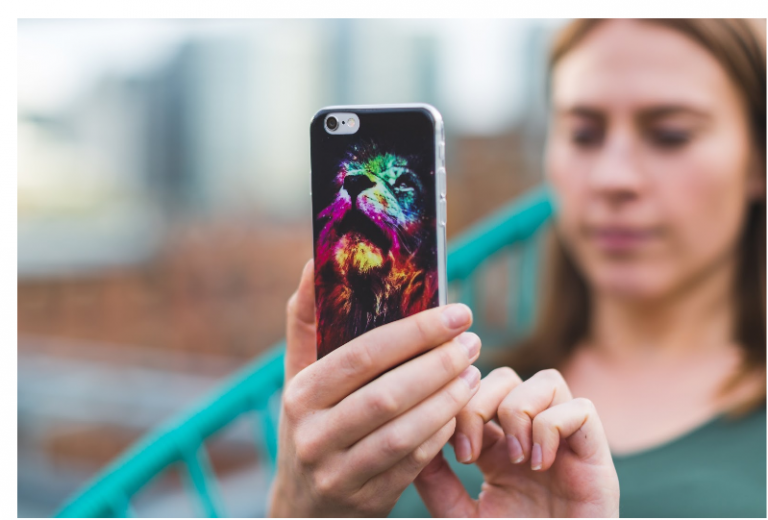
Image source
Try Before You Buy: Using AR to Create Your Dream Home
A recent survey showed that furniture is the most popular item that customers shop for using augmented reality technology. AR offers retailers the opportunity to create comprehensive and immersive product catalogues for customers; if they never look at it, it’s no inconvenience, but these product listings are available at a moment’s notice and greatly reduce the time spent researching the various options available to customers.
Retailers like Wayfair and IKEA have created apps that allow users to select products from the catalogue and use their smartphones or tablets to show in real time how those products would actually look in their homes and offices. This reduces the stress involved with picking something that doesn’t fit, and it reduces the time spent searching, buying, shipping, and building a product that eventually doesn’t work well for their space. Retailers know that this workflow significantly lightens the burden on the customer and allows them to research these options all before clicking “Buy now”. The team at IKEA is anticipating that this technology will show a triple increase in sales by 2020.
Mouthwatering Experiences Through AR and Dining
The app for Bareburger harnesses AR technology to allow customers to “see” the menu item in front of them on their device before they order, giving them a better, more mouth-watering ordering experience.
The Future of AR in Retail
While AR technology has been around for roughly three decades, advances in facial recognition, immersive technology and real-time feedback are just starting to come into maturation. Those developing and using this technology recognize that the future of AR lies in how the devices we currently use and how we use them will change, and inexpertly enhancing and crafting the user experiences with AR.
From a customer perspective, “AR allows for pre-purchase testing of products and makes the purchase process feels more hands-on.” In today’s market, however, users don’t have wide-reaching access to a completely seamless interaction with retailers, and there are still bugs that need to be worked out in existing software (lacking a natural field of view, comprehensive product info, 3D sensing, low resolution) before users can feel confident using AR from retailers on a large scale to be able to receive customized experiences.
This is where the key changes in the technology will greatly impact mass adoption of AR technology: the tailoring of “personalized, accessible and well-designed” products, services, and experiences. Shopping is an activity that each and every one of us performs, and when retailers recognize the value of investing in and properly designing AR for their customers, they’ll begin to see greater returns on customer loyalty, brand power, and increased sales.
